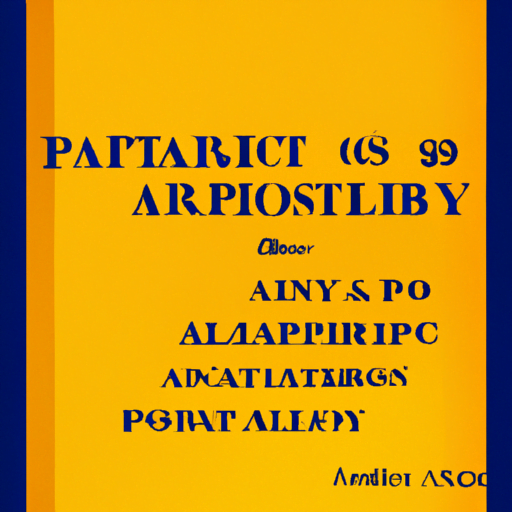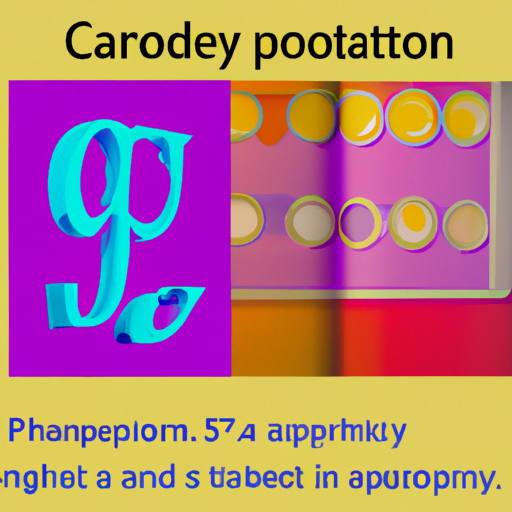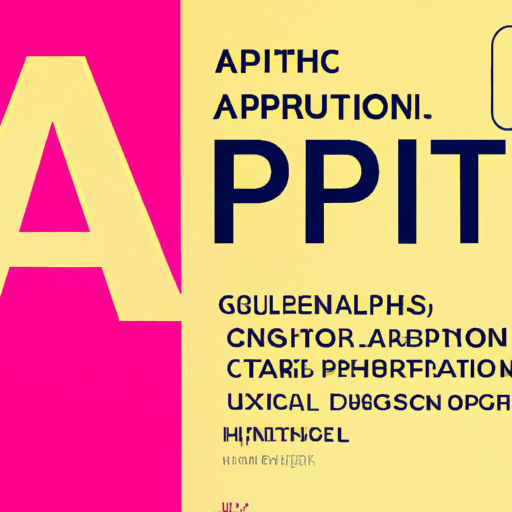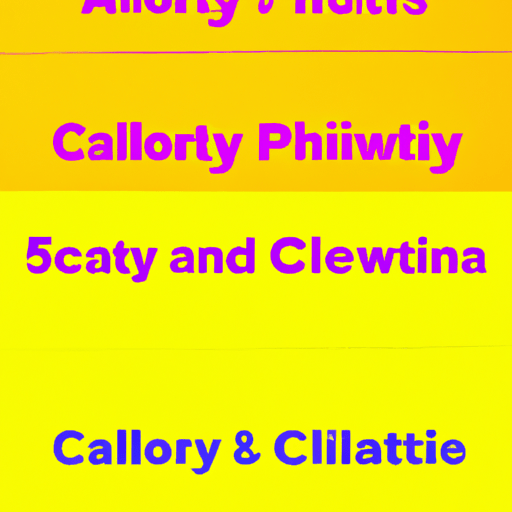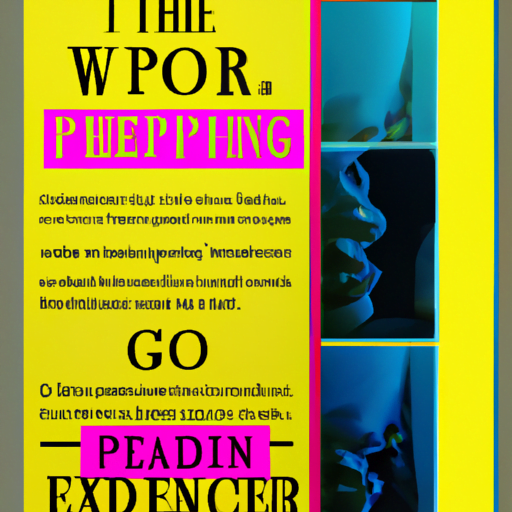Table of Contents
The Basics of Typography: An Introduction
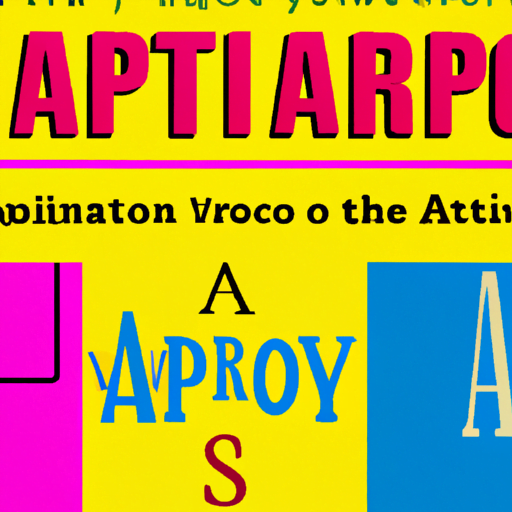
Typography is an essential element of design that plays a crucial role in conveying information effectively. Whether it’s in print or digital media, typography can make or break the success of a design. Understanding the basics of typography is essential for designers, marketers, and anyone involved in creating visual content. In this article, we will explore the fundamentals of typography, including its history, key terminology, and best practices.
The History of Typography
Typography has a rich history that dates back to ancient civilizations. The invention of writing systems and the need to reproduce texts led to the development of various typographic styles. Here are some key milestones in the history of typography:
- 1. Ancient Times: The earliest known form of typography can be traced back to ancient Mesopotamia around 3200 BCE. The Sumerians used wedge-shaped marks on clay tablets to create cuneiform script.
- 2. Gutenberg’s Printing Press: The invention of the printing press by Johannes Gutenberg in the 15th century revolutionized typography. Gutenberg’s movable type system allowed for the mass production of books, making them more accessible to the general public.
- 3. Industrial Revolution: The Industrial Revolution in the 18th and 19th centuries brought significant advancements in typography. The introduction of steam-powered printing presses and the development of new typefaces expanded the possibilities of typography.
- 4. Digital Typography: The advent of computers and digital technology in the late 20th century revolutionized typography once again. Designers gained access to a wide range of fonts and digital tools that made typography more versatile and accessible.
Key Typography Terminology
Before diving into the best practices of typography, it’s important to familiarize yourself with some key terminology. Understanding these terms will help you communicate effectively with other designers and make informed decisions when choosing typefaces. Here are some essential typography terms:
- 1. Typeface: A typeface refers to a set of characters that share a consistent design. Examples of typefaces include Arial, Times New Roman, and Helvetica.
- 2. Font: A font is a specific style, weight, and size of a typeface. For example, Arial Regular, Arial Bold, and Arial Italic are different fonts within the Arial typeface.
- 3. Serif: Serifs are small decorative strokes or lines attached to the ends of the main strokes of a letter. Fonts with serifs are called serif fonts, and they are often associated with a more traditional and formal look.
- 4. Sans-serif: Sans-serif fonts do not have serifs. They are often considered more modern and clean in appearance.
- 5. Kerning: Kerning refers to the adjustment of space between individual characters to achieve better visual harmony. Proper kerning ensures that the spacing between letters is consistent and visually pleasing.
- 6. Leading: Leading, pronounced “ledding,” refers to the vertical space between lines of text. It plays a crucial role in readability and legibility.
- 7. Tracking: Tracking refers to the adjustment of space between groups of letters or characters. It affects the overall density and readability of the text.
- 8. Hierarchy: Hierarchy in typography refers to the arrangement of different elements to create a visual order. It helps guide the reader’s eye and emphasizes important information.
Best Practices for Typography
Now that we have covered the history and terminology of typography, let’s explore some best practices that will help you create visually appealing and effective designs:
1. Choose the Right Typeface
The choice of typeface is crucial in setting the tone and conveying the intended message. Consider the following factors when selecting a typeface:
- Consider the context and purpose of the design. Is it for a formal document, a playful advertisement, or a digital interface?
- Ensure legibility by choosing a typeface that is easy to read, especially in longer texts.
- Avoid using too many different typefaces in a single design, as it can create visual clutter and confusion.
2. Establish Hierarchy
Hierarchy is essential in guiding the reader’s eye and emphasizing important information. Here are some techniques to establish hierarchy:
- Use different font sizes, weights, and styles to differentiate between headings, subheadings, and body text.
- Consider using color, spacing, and alignment to create visual distinctions between different levels of information.
- Ensure that the most important information stands out and is easily noticeable.
3. Pay Attention to Alignment and Spacing
Proper alignment and spacing contribute to the overall readability and aesthetics of a design. Consider the following tips:
- Avoid excessive line lengths, as they can make reading difficult. Optimal line length is typically around 50-75 characters per line.
- Ensure consistent spacing between letters, words, and lines to improve legibility.
- Use alignment options such as left-aligned, right-aligned, centered, or justified based on the design and content.
4. Use Contrast for Emphasis
Contrast is a powerful tool in typography that helps create visual interest and guide the reader’s attention. Consider the following techniques:
- Use contrasting font sizes, weights, or styles to highlight important information.
- Experiment with color contrast to draw attention to specific elements.
- Combine serif and sans-serif fonts to create contrast and visual variety.
5. Test for Readability
Before finalizing your design, it’s crucial to test its readability. Consider the following aspects:
- Ensure that the text is easily readable at different sizes and on various devices.
- Test the design with different audiences to gather feedback and make necessary adjustments.
- Pay attention to the overall legibility of the text, including the choice of typeface, size, and spacing.
Summary
Typography is a fundamental aspect of design that can greatly impact the effectiveness of visual communication. By understanding the history, terminology, and best practices of typography, designers can create visually appealing and engaging designs. Remember to choose the right typeface, establish

